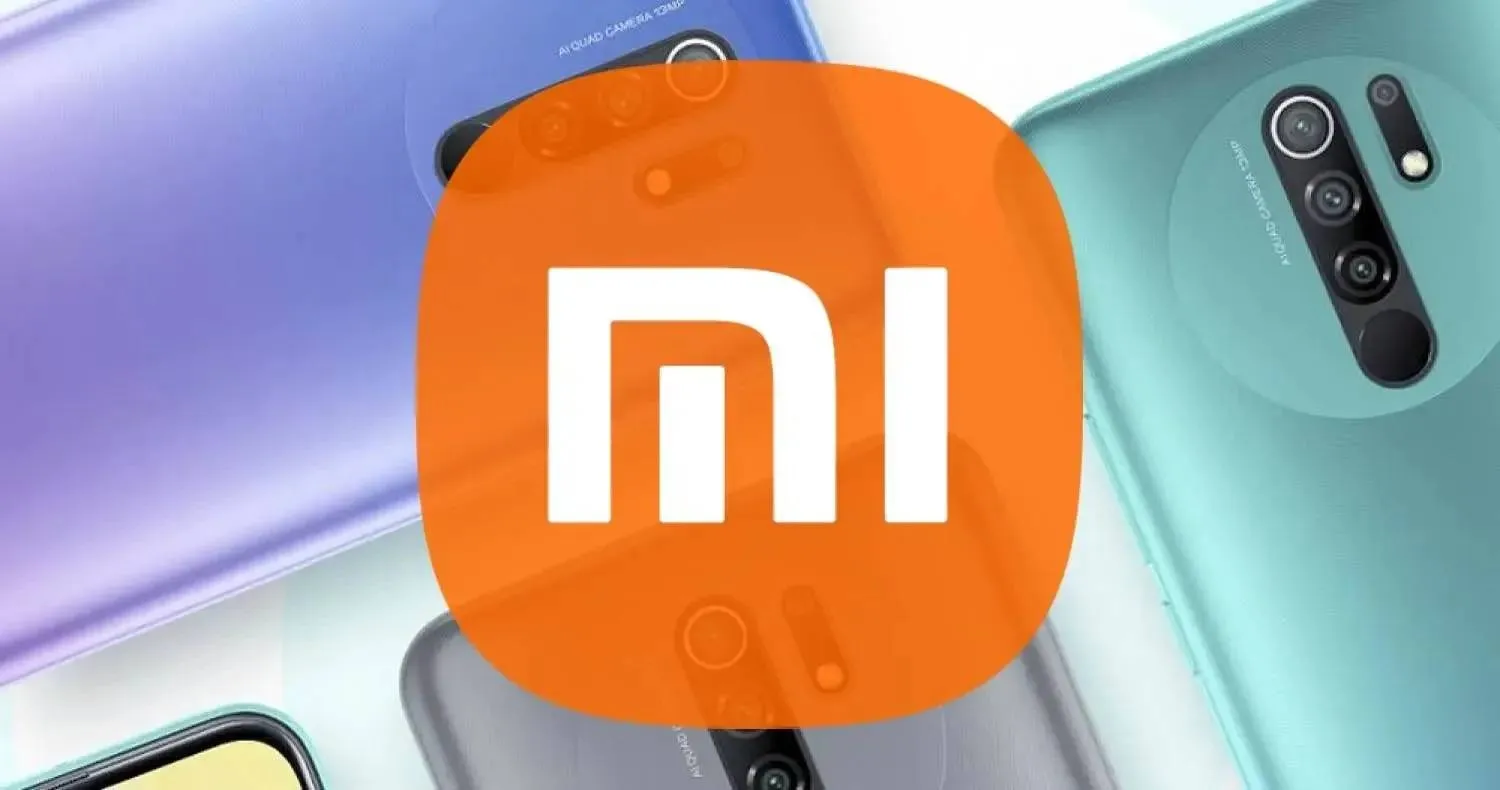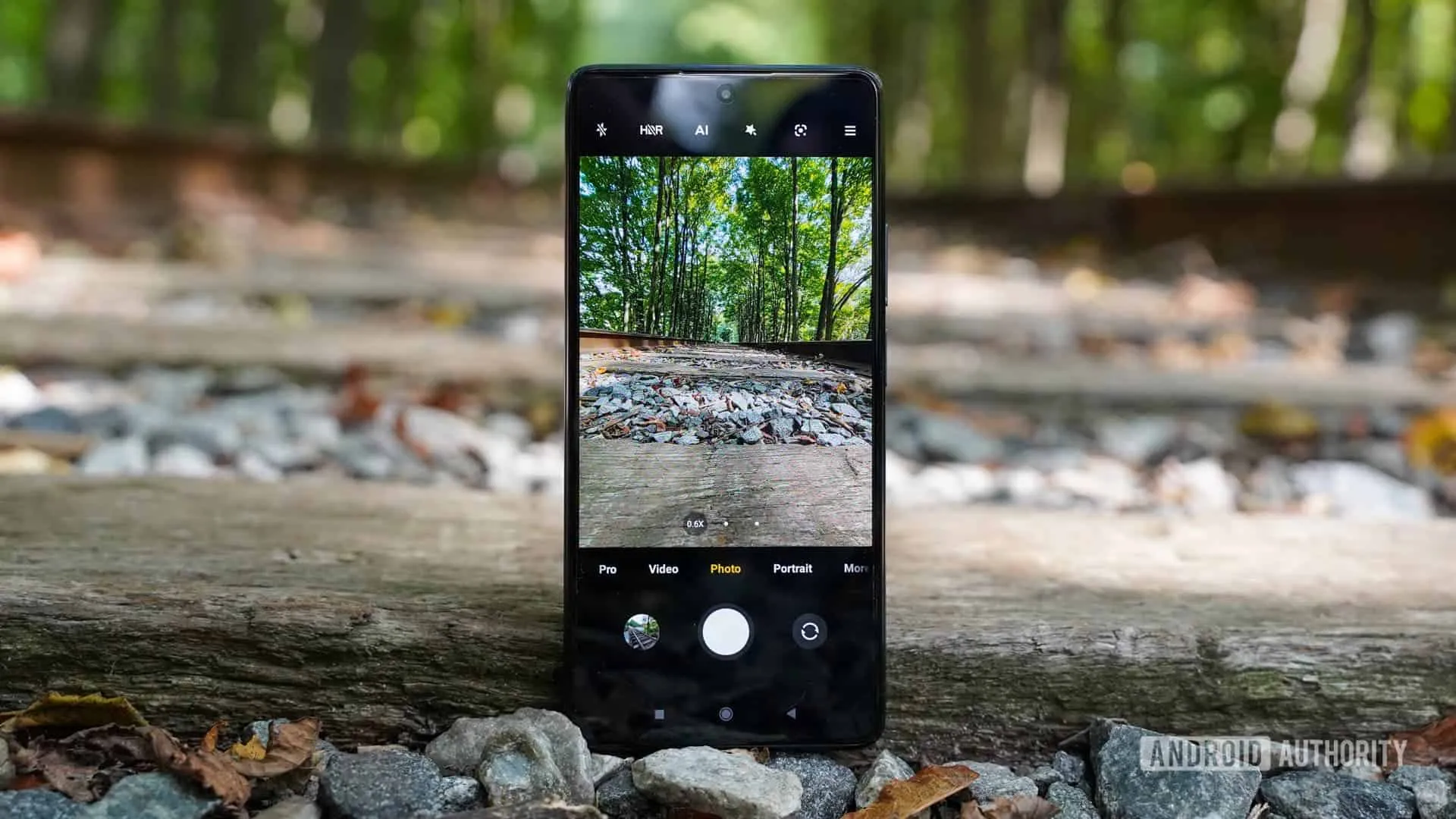Study ranks the most data hungry apps, and YouTube tops the list
newsWednesday, 02 October 2024 at 13:31
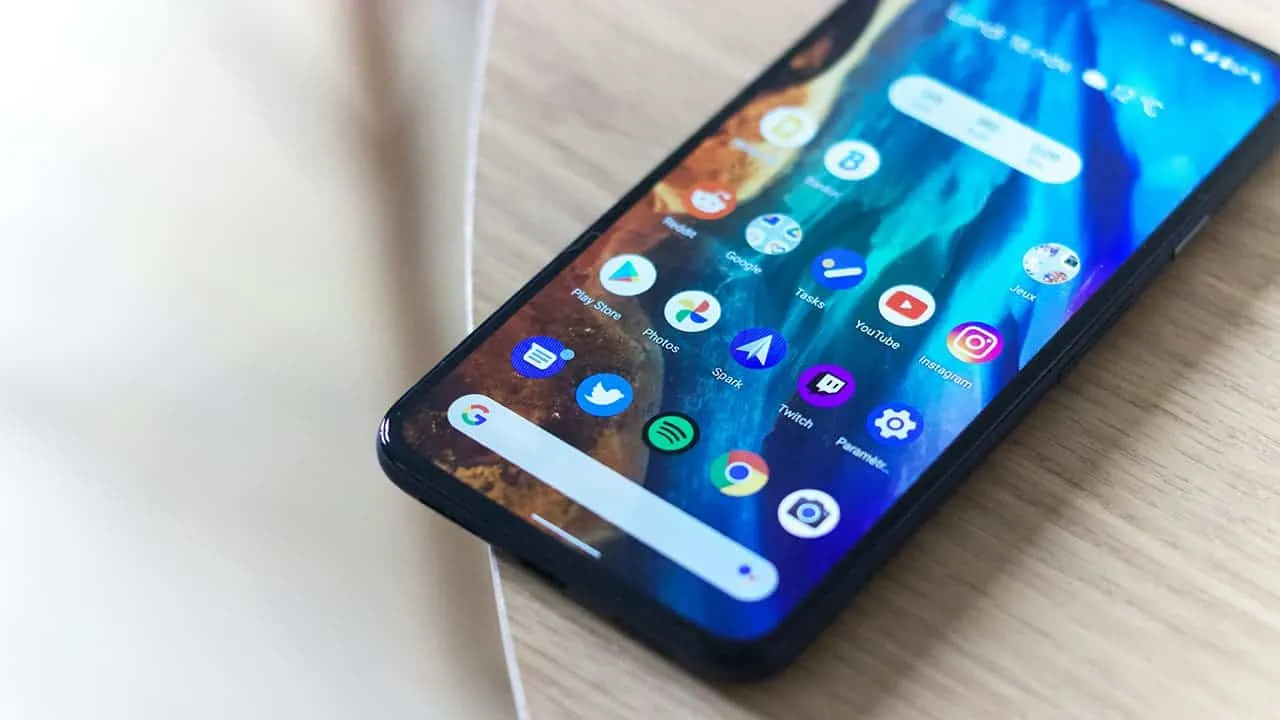
Have you ever been shocked by a sky-high bill after traveling without a proper data plan? This is a common experience, often referred to as "bill shock." Every action you take on your phone, from browsing the web to watching videos, leaves a data footprint. This data is measured in megabytes (MB) and can significantly increase your mobile bill.
The size of your data footprint depends on the apps you use. Streaming movies and downloading files consume more data than simple messaging or reading news. Some apps are more efficient than others, while some may even drain your data plan with background tasks.
To help travelers avoid excessive data charges, Holafly identified the apps that are the most data-hungry. By understanding these apps, you can make informed decisions about how you use your phone while traveling and potentially save a significant amount of money.
How Was This Data-hungry Apps Study Conducted?
To measure data usage, Holafly used the My Data Manager app. With this, they tested popular apps on an iPhone 15 Pro Max and an Android Xiaomi Redmi 9. Holafly isolated each app by closing all others and disabling WiFi. They then started a stopwatch as the app was launched. After five minutes of usage, the team recorded the total data consumption (MB) from the My Data Manager reports. This method provided a reliable assessment of each app's data appetite.
YouTube Tops the List Altogether
YouTube emerges as the undisputed data champion in this data-hungry app study. As the findings show, it consumes a staggering 193 MB every five minutes. With this, YouTube surpasses Disney+ by a significant margin. This dominance is due to the large size of video files. These files typically include 30 frames of visual information per second. Alongside that, there's audio, metadata, and data processing.
Of course, YouTube offers lower-quality options to reduce data usage. But it often starts downloading the full video in the background. So, it is advisable to set your preferred video quality in advance.
Comparing YouTube and Disney+ to other streaming apps reveals their high data consumption. Prime Video, for instance, uses only two-thirds of the data Disney+ does and half that of YouTube. Netflix, Hulu, and Apple TV use even less, while Spotify, being primarily audio-based, consumes a mere 7 MB every 5 minutes.

About the Variation in Data Consumption in the Apps
The variation in data consumption among streaming apps can be attributed to several factors. One key factor is how these apps process video files. Also, their response to network conditions, such as cell signal quality, can influence the default resolution. Of course, many apps allow users to use lower resolutions for data savings. However, the iPhone 15 Pro Max adjusts resolution based on local bandwidth and connection speed. This adaptive feature can lead to higher data usage if the network conditions are favorable.
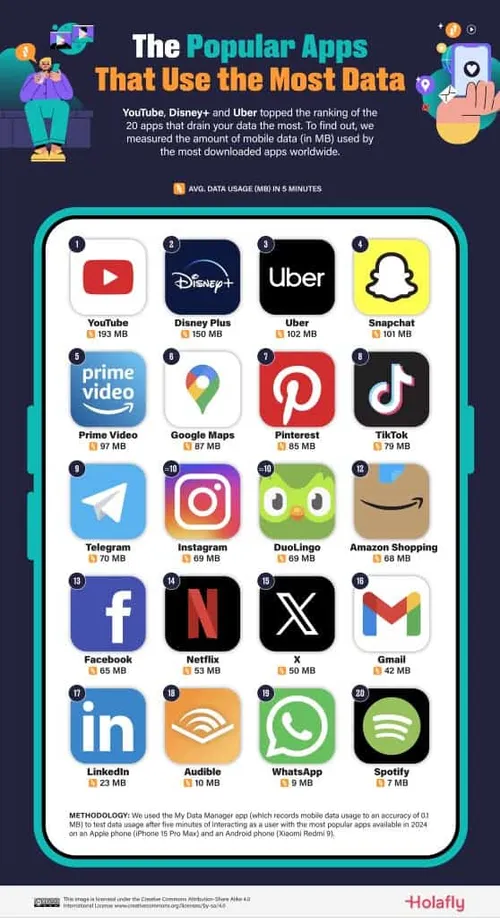
As for Social Media Apps, Snapchat Tops the List
The data usage of social media apps can vary based on individual usage patterns. For instance, Instagram videos consume more data than still photos. However, when tested under typical usage, Snapchat emerged as the most data-hungry social media app. Holafly found it to consume 101 MB every five minutes.
Snapchat's automatic downloading and caching of content and lenses in the background contribute to its high data consumption. Enabling Data Saver mode can help reduce this usage but may impact app performance.
Pinterest, while not typically associated with high data usage, consumed 85 MB every five minutes in our tests. This equates to over a gigabyte per hour. The app's automatic pre-loading and playback of video Pins contribute to its data consumption. You can disable Autoplay in the Social Permissions section of the Settings on both Android and iOS.

What About Data-hungry Travel Apps?
The travel app category boasts its own data champions. Google Maps, despite utilizing a large 87 MB in five minutes of typical use, isn't the leader in this realm.
Surprisingly, travel giants Hotels.com (104 MB) and Uber (102 MB) consume more data than Google Maps. But the title of most data-hungry travel app goes to AllTrails, which devours a whopping 155 MB every five minutes.
AllTrails' hefty data usage can be attributed to its extensive features. While featuring over 420,000 trails with community reviews and tips, it also boasts an AI bot offering personalized advice. The good part is that AllTrails allows users to download maps on WiFi. This allows offline use with GPS when data isn't readily available.
Another interesting finding is the disparity between rideshare apps. Uber uses twice the data (102 MB) compared to its competitor, Bolt (51 MB). This disparity might be due to the volume of map data displayed. It can also be due to the way each service handles live transport information. Of course, there's also the factor of how their servers communicate with the app.

Browser Battle: Which App Consumes the Most Data?
Holafly also analyzed popular web browsers on iOS and Android. Safari, Apple's default browser, emerged as the most data-hungry. It consumed a significant 56 MB per five minutes, surpassing Vivaldi by a considerable margin. This data consumption could be linked to developers' ability to leverage Safari's behaviors for their third-party apps.
To mitigate data usage while browsing, some browsers offer data-saving modes. Opera, for instance, provides a setting that compresses text and images before they reach your device. While Google Chrome discontinued its similar feature, both Android and iOS offer system-wide data-saving modes. However, the effectiveness of these modes can vary across different apps.
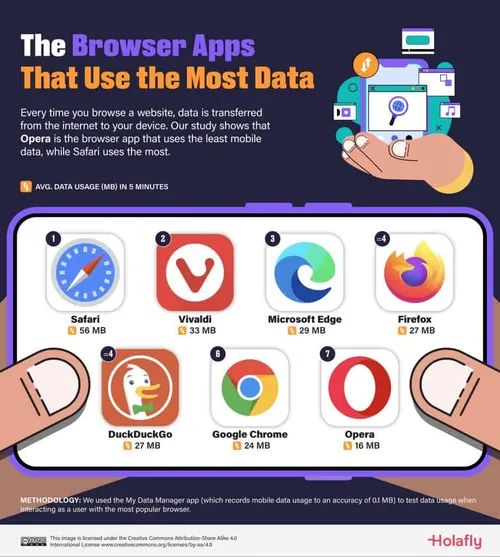
Loading
